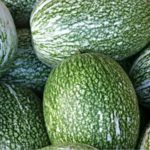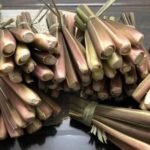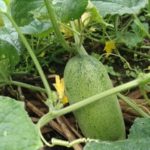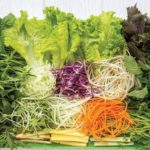Rau nhót, also known as salted vegetables, is a familiar type of vegetable for the people of Nghe An. This type of vegetable has stems and leaves like the Four o’clock plant but can be transformed into a delicious dish.
If in the past, rau nhót was just a wild vegetable used to combat hunger, it is now classified as a specialty. With every kilogram of rau nhót, people can earn 15,000 – 25,000 dong, but you have to order in advance to be able to eat it.
Rau nhót does not require complicated processing, just boiling it until cooked, adding some spices, sprinkling some crushed roasted peanuts on top, and it becomes a refreshing, inexpensive dish that everyone loves. In addition, rau nhót can also be used as a side dish with banh muot, banh la, or as a versatile dish for gatherings.
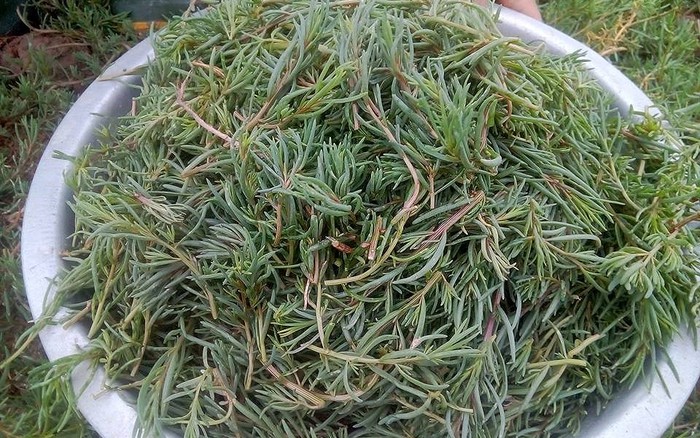
Making a refreshing rau nhót salad is also very interesting. You can refer to the following recipe to enjoy it with your family:
Ingredients:
– Rau nhót: 1-2 bunches (depending on the number of family members)
– Crushed roasted peanuts: 1/2 cup for dipping sauce
– Sugar
– Lime leaves
– Fresh chili peppers: 2-3 (reduce if you can’t handle spice)
– Bean sprouts: 100g
– Carrot: 1
– Fresh lime: 2
– MSG

Instructions:
Preparing the ingredients:
– Wash the rau nhót thoroughly and let it drain.
– Peel and shred the carrot.
– Rinse the lime leaves and slice them.
– Rinse the bean sprouts, blanch them quickly in hot water. Note not to overcook the bean sprouts, as they will become soft and lose their crunchiness.
Boiling the rau nhót:
– After washing the rau nhót, boil it until cooked, then quickly soak it in cold water. This method helps preserve the green color and crispness of the vegetable. When it cools down, squeeze the rau nhót tightly to remove excess water.
Making the rau nhót salad:
– Next, put the squeezed rau nhót into a bowl. Then add blanched bean sprouts, sliced lime leaves, shredded carrots, lime juice, sugar, MSG, and lime juice dressing, and mix well.
– Mixing with your hand will help the vegetable absorb the flavors better. Note that you should taste the rau nhót before adding more salt, as the vegetable itself is slightly salty. Without tasting it, it is easy to make the dish too salty.

Finishing:


























